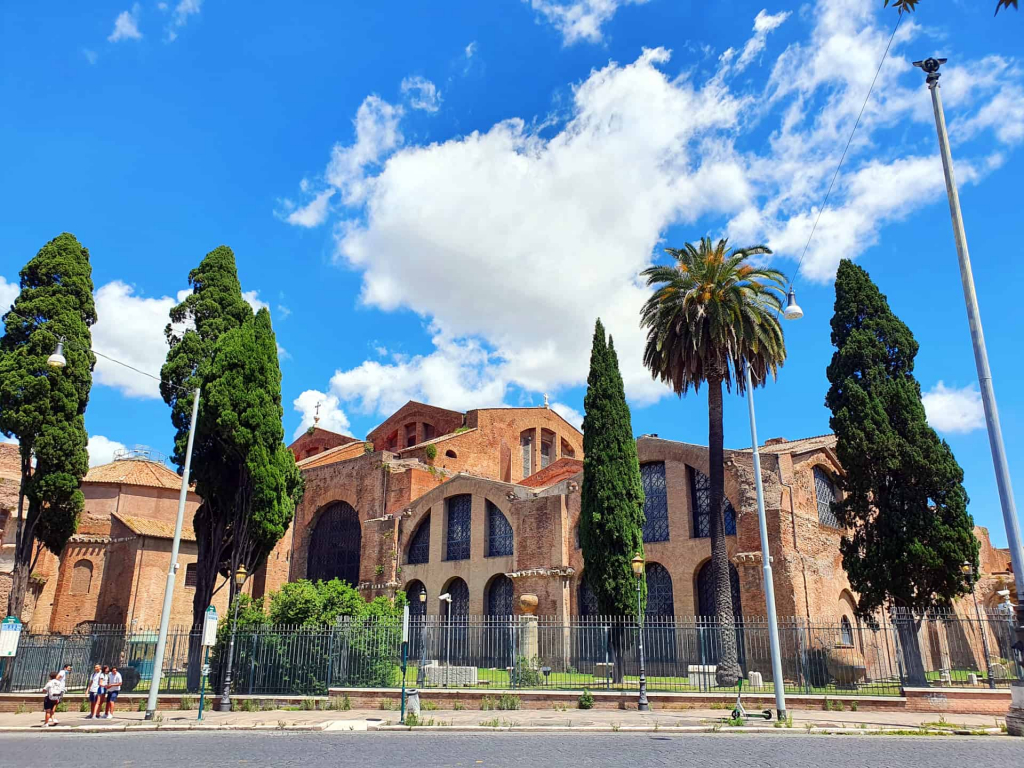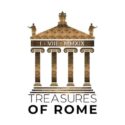
Piazza di Spagna
Piazza di Spagna is one of the most famous squares in Rome. In the 17th century, the Ambassador of Spain to the Holy See and the Sovereign Order of Malta had his seat here. The area around the embassy was extraterritorial territory of Spain. Foreigners who stayed in the area without permission were allegedly conscripted into the Spanish army as punishment.
One of the eye-catchers of the square is the Fontana della Baraccia, designed by Bernini or his father. It is the last great Baroque fountain built in Rome. It was built in 1623 and reminds us that the flood of the Tiber could reach this place.
The Spanish Steps, whose real name is Scalinata della Trinità dei Monti, was built between 1723 and 1726 by the French. It was designed by the architect Francesco De Sanctis and has 138 steps.
At the top of the stairs a monument to the Sun King Louis XIV was to be built. Pope Alexander VII was indignant about it, because he could not tolerate such a demonstration of power by France on Vatican soil. Finally under Innocent XIII the dispute was settled and the staircase was completed in 1726.
Pope Pius VI had an Egyptian obelisk erected on the site of the planned monument of the Sun King in 1789, after the French Revolution had overthrown the royal house. This obelisk comes from the gardens of Sallust.
The Palazzo della Propaganda is the seat of the Pontifical Authority Congregation for the Evangelization of Peoples. It coordinates the missionary activity of the Catholic Church. Since its foundation in 1622, it has spread Christianity to newly discovered continents and has worked to win back followers of the Reformation. Because of his great influence and cardinal red, the prefect of the Congregation was also called the red pope.

Piazza di Spagna (Rome)


Treasures of Rome – Rome Guided Tours
Roberto Alois Lautenschlager Kung
[email protected]
Partita IVA: 17002181000
“ROMA AETERNA EST”
Rome is eternal – (Albius Tibullus)





